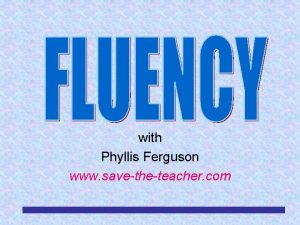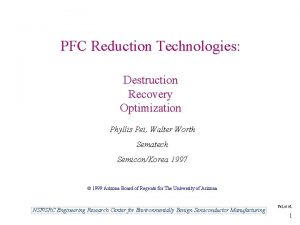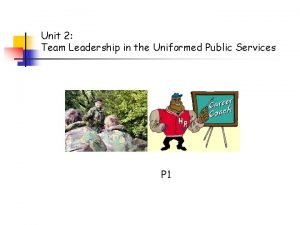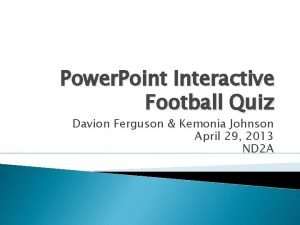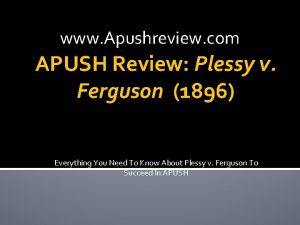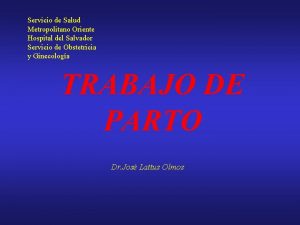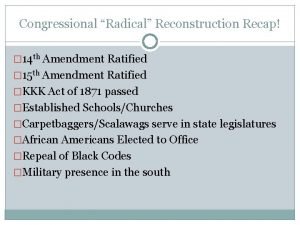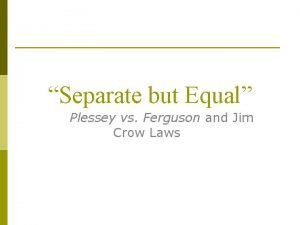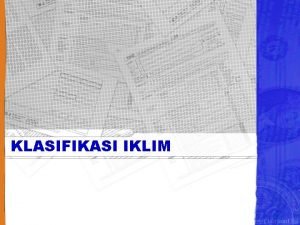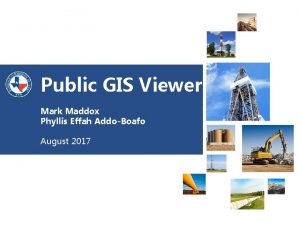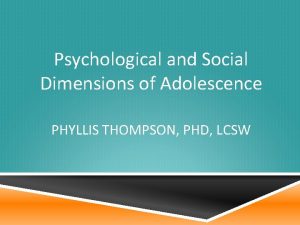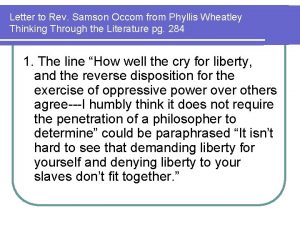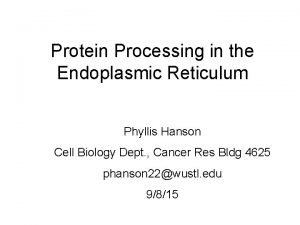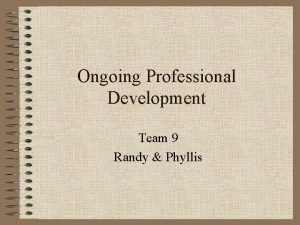with Phyllis Ferguson www savetheteacher com What is



































- Slides: 35

with Phyllis Ferguson www. save-the-teacher. com

What is Fluency? Fluency is the ability to read most words in context quickly and accurately. • Fluent readers recognize words automatically when reading silently and aloud. • Fluent readers read with expression when reading aloud. RDA/TLS/EAC/MBM/4 -03 2




Stroop Test

Elements of Fluency Automatic Accurate Quick Expressive Meaningful

Fluency Assessments

Why Assess Fluency? Bridge between recognition and comprehension Highly correlated with comprehension More focus on meaning when fluent Is a reflection of decoding, strategies, comprehension and self monitoring

Things to Note Intonation, phrasing, inflection, expression What strategies are missing that are influencing fluency Is inattention to punctuation a factor Is the type of literature a factor Is the child reading with meaning Does he/she know they should be reading for meaning Are miscues affecting meaning How quickly self-correction occurs

What to Use Qualitative Analysis—BRI, Running Record • Accuracy and automaticity CBM/ORF Oral Reading Fluency assessment 1 minute timing Instructional level text Repeat with other texts Mean score • Accuracy score %= wcr / wr • Rate = wcpm

Oral Reading Fluency (ORF) Target Rate Norms Gra de 1 2 3 4 Win Spri Fall ter ng (WC (WC PM) PM) 3060 5090 70110 1030 5080 70100 80120 3060 70100 80110 100 140 100 80110 120 -15140 Source: Adapted from “AIMSweb: Charting the Path to Literacy, ” 2003, Edformation, Inc. 100 120 Available at www. aimsweb. com/norms/reading_fluency. htm. Data are also adapted from 110 “Curriculum-Based Oral Reading Fluency Norms for Students in Grades 2 Through 5, ” by 5 140 160 J. E. Hasbrouck 150 1992, Teaching Exceptional Children, 24, pp. 41 -44. 6 and G. Tindal, 110 130 120 7 8

Assessing Expressive Reading • Appropriate expression and phrasing • Stress, pitch variations, intonation, rate, phrasing, pausing • Shows that the reader is making sense of the text • Qualitative Rubric Reads grade level passage/ as little as 60 seconds • Scores with rubric Multidimensional Fluency Scale

Oral Fluency Rubric 4 Reads primarily in larger, meaningful phrase groups 3 Reads primarily in three- and four-word phrase groups 2 Reads primarily in two-word phrase groups with some three- and fourword groupings. 1 Reads primarily word-by-word

How to Develop Expressiveness Modeling Coaching and formative feedback Involvement in Readers Theater or Choral reading Practice, practice in contexts that are: Meaningful Purposeful Engaging

Multidimensional Fluency Scale Expression and Volume Phrasing Smoothness Pace

How Does Fluency Assessment Fit? Quick and Easy to administer Easy to understand Reflect the components of Fluency Automaticity Accuracy Quick- Rate Expression Makes Meaning

Fluency • Fluency is the ability to read most words in context quickly and accurately. • Fluent readers recognize words automatically when reading silently. • Fluent readers read with expression when reading aloud. RDA/TLS/EAC/MBM/4 -03 18

How is Fluency developed? Fluency is best developed through modeling during teacher read alouds and students reading and re-reading of instructional level and independent level materials. RDA/TLS/EAC/MBM/4 -03 19

How to Increase Rate and Accuracy Repeated Readings Instruction for accuracy • Sight vocabulary • Phonics • Word Analysis Warning: Don’t give students the idea that being fast is being a good reader Rate must be coupled with comprehension

How is fluency developed continued: Data suggests that independent silent reading is not an effective practice when used as the only type of reading instruction to develop fluency and other reading skills, particularly with students who have not yet developed critical alphabetic and word reading skills. RDA/TLS/EAC/MBM/4 -03 21


9 Steps to Building Fluency 1. Develop orthographic/phonological foundations (phonemic awareness, letter knowledge, phonics). 2. Increase vocabulary and oral language skills. 3. Effectively teach high-frequency vocabulary and provide adequate practice. 4. Teach common word-parts and spelling patterns. (Pikulski, J. J. , & Chard, D. J. (2005). Fluency: Bridge between decoding and reading comprehension. The Reading Teacher, 58 (6), 510 -519.

9 Steps to Building Fluency (2) 5. Effectively teach decoding skills and provide adequate practice. 6. Provide students with appropriate texts to assist in building fluent reading. 7. Use guided oral repeated reading strategies for struggling readers. 8. Support, guide and encourage wide-reading. 9. Implement appropriate screening and progress monitoring assessments. (Pikulski & Chard, 2005)

How is Fluency supported through Balanced Literacy? Read Aloud • Provides a teacher model of fluent and expressive reading Shared Reading • Students develop fluency and phrasing through repeated readings of shared text. RDA/TLS/EAC/MBM/4 -03 25

• Familiar Reading – Students read at their independent levels – Students choose books from a variety of texts – Teacher assesses two or three students for accuracy level. – Teacher conducts one-minute timed rereading of fluency passages. – Students practice reading high frequency phrases for fluency. – Student monitors buddy rereading and graphs fluency rate.

• Independent Reading – Rereading for the purpose of building fluency – Repeated practice with instructional level word study tasks – Independent practice to build automaticity with previous learning • • • Encourages student choice Increases motivation Involves practicing reading strategies Maximizes reading competence Habituates monitoring and record keeping

• Repeated Oral Reading – Student-adult reading – Partner reading • EEKK – I read/you read – Read together – I read you follow – Supportive reading • • • Choral Songs and chants – Casual Reader’s Theatre Tape assisted reading Echo reading

Because fluent readers do not have to concentrate on decoding the words, they can focus their attention on what text means. • Phonics/Spelling – Instruction promotes automaticity. – Teacher uses connected text to provide explicit instruction in fluency. – Teacher provides initial practice in controlled, connected text in which students can practice their newly learned skills successfully. – “Quick Write” – Dictation

• • • Speed Drills Letters Colors Consonant sounds Sight words—irregular words Word families (such as the –am, at, -ame, -ate lists. • Change the ending consonant (e. g. , man, mat, map, mad). • Phrase cards One minute timing – Self Monitor—set new goal

Chunking and Phrasing Hook, 2001


• In Guided Reading – In Book Selection? • Fluency develops as a result of many opportunities to practice reading with a high degree of success. – During the introduction ? • An overview provides context for the story • Meaning is built the moment the reader picks up the text and anticipates reading it so that the reader draws continually on meaningful information, synthesizes and organizes it, and responds to what she understands.

– During the first reading? • Guidance and feedback are critical to fluent reading. – After Reading? • Teaching points, based on observed needs, provide an opportunity for explicit instruction. – Through the extension? • Repeated rereading promotes fluency – Choral reading – Reader’s theatre – Familiar Reading box

 Phyllis ferguson
Phyllis ferguson Dậy thổi cơm mua thịt cá
Dậy thổi cơm mua thịt cá Cơm
Cơm Phyllis randolph frye
Phyllis randolph frye Phyllis russell
Phyllis russell Phyllis pei
Phyllis pei Phyllis and aristotle
Phyllis and aristotle Phyllis pei
Phyllis pei Motets and rondelles
Motets and rondelles Don ferguson
Don ferguson Reflejos de ferguson 1 y 2
Reflejos de ferguson 1 y 2 Alex ferguson autocratic leadership style
Alex ferguson autocratic leadership style Davion ferguson
Davion ferguson Foundation in general science in ireland
Foundation in general science in ireland Max ferguson
Max ferguson Ferguson refleksi
Ferguson refleksi Ferguson vs plessy
Ferguson vs plessy Iklim ferguson
Iklim ferguson Reflejo de ferguson
Reflejo de ferguson Marjorie ferguson theory
Marjorie ferguson theory Ferguson hall freshman school
Ferguson hall freshman school A mob's illegal seizure and execution of a person
A mob's illegal seizure and execution of a person What is the highest court in the united states? *
What is the highest court in the united states? * What was the impact of plessy versus ferguson
What was the impact of plessy versus ferguson Erpno
Erpno Evana ferguson
Evana ferguson How was segregation enforced in the north brainpop
How was segregation enforced in the north brainpop Iklim schmidt ferguson
Iklim schmidt ferguson Reflexe de ferguson
Reflexe de ferguson Plessy v ferguson summary
Plessy v ferguson summary Parturition reflex
Parturition reflex Vicky ferguson
Vicky ferguson George w. mclaurin
George w. mclaurin Julia ferguson toronto
Julia ferguson toronto Warren j ferguson
Warren j ferguson
